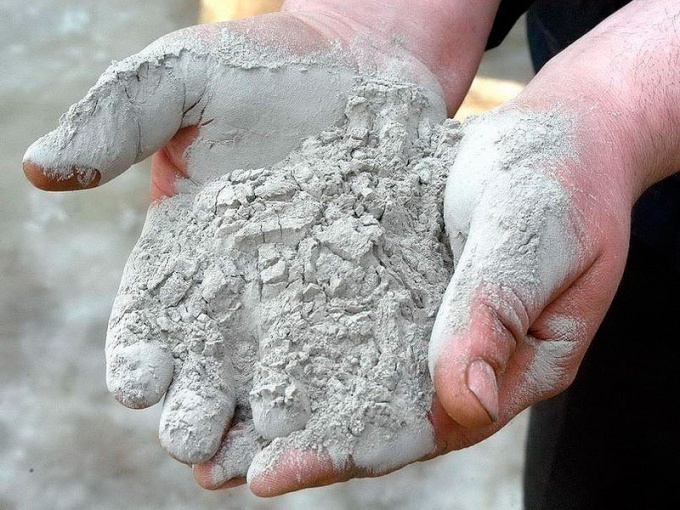Instruction
1
Cement mortar can be used not only for the formation of masonry, but also for plastering, filling part of the bearings and even for decoration. For all of these pick the appropriate quality and composition of the list of components. In the solution there: sand, cement and water. Added to a solution of the corresponding plasticizer, if circumstances so require, for example weather conditions or construction time.
2
Choose quality sand. Take only river sand with a grain size of up to 2 mm, but without the fine and clay inclusions. If there is no other option other than career or ravine, its screening or wash to get rid of the fine fraction. The mortar of the brick should not contain clay inclusions, this is only necessary for plaster to achieve smoothness. Check out what's in the sand no foreign bodies, especially such as the remains of plants or can eventually rot or decompose: paper, wood, grass, coal, plastic, any other debris.
3
Use only fresh and tested cement. Stale cement inevitably picks up moisture, it loses its binding properties. Only large wholesale or professional shops with storage rooms is able to offer a suitable product. Check out the quality of cement, just clenched the message in his fist. Quality and dry cement will "leak" through your fingers. If it shrinks into a ball and does not break, the cement should be avoided. Check the cement for the presence of lumps or stones. If any cement is already damp. For masonry suitable Portland cement grade 400.
4
Only take clean drinking water for preparation of cement mortar or concrete. The quality and purity of the water depends on the strength of the solution and the quality of the coupling of cement and sand. If the water has been contaminated by oil or it is too mineralized, it will eventually affect the strength and appearance of the cement. In any case do not take water from open water bodies such as rivers, lakes or ponds.
5
The consistency of cement mortar. When mixing the mortar follow the recipe and weigh the ingredients. The consistency of the solution for forming the brickwork should match the consistency of wet soil, i.e., not spread, but not to crumble. Put a lump of mortar on a flat, dry surface. It should not form a puddle of spilled excess water. It should not crumble or spill in the form of blots. The lump should settle down, about a third, but leave its shape. If this occurs, the cement slurry suitable for forming brick.
